Why Food Temperature Matters
Introduction to Food Temperature
A key component to food safety for restaurants is ensuring edible products are cooked at the proper food temperature. Additionally, not only should hot food be kept hot, but refrigerated and frozen items must be maintained at the right temperature, as well. By adopting effective food preparation practices, eateries can prevent pathogens from growing on perishables. This is important because it will guarantee food safety guidelines are met and that restaurant guests are served high-quality dishes.
The Correct and Incorrect Food Temperatures
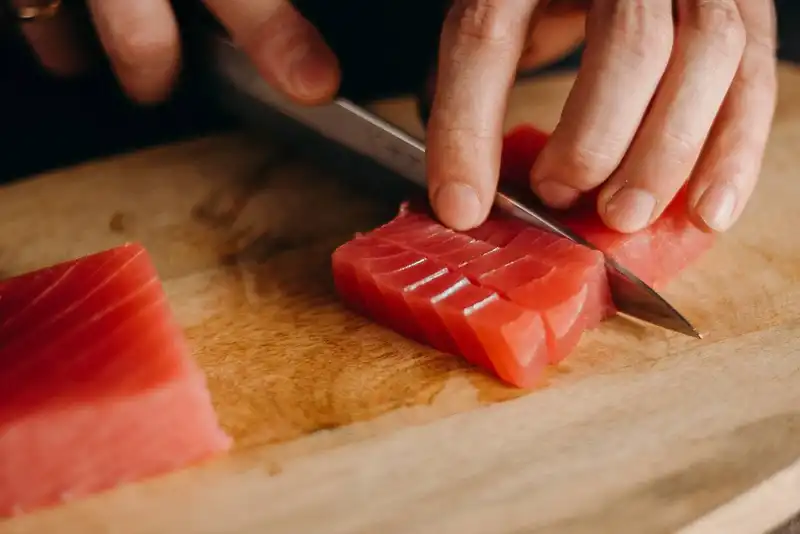
The correct food temperature will vary depending on the food item. Generally, when cooking, restaurants should adhere to the following temperature standards.
- Raw Meat - Products, such as veal, lamb, beef, pork, and deer must be cooked until their internal temperature is at 160F.
- Poultry - Poultry, like chicken, turkey, duck, and quail must be cooked at 165F.
- Leftover Cooked Meat - For safe consumption, leftover meats should be re-heated at 165F.
- Egg Products - Eggs and products that are made with eggs, like sauces, should be cooked at 160F or until the yolk and egg whites are firm.
- Seafood - Shrimp, fish, crab, lobster, and oyster must be cooked at 165F.
Being diligent about food temperatures will reduce the likelihood that disease-causing germs contaminate perishables. According to the CDC, 1 in 6 Americans gets sick due to foodborne illnesses each year. The most common infections are caused by improper cooking and storage temperatures.
Common Foodborne Illnesses
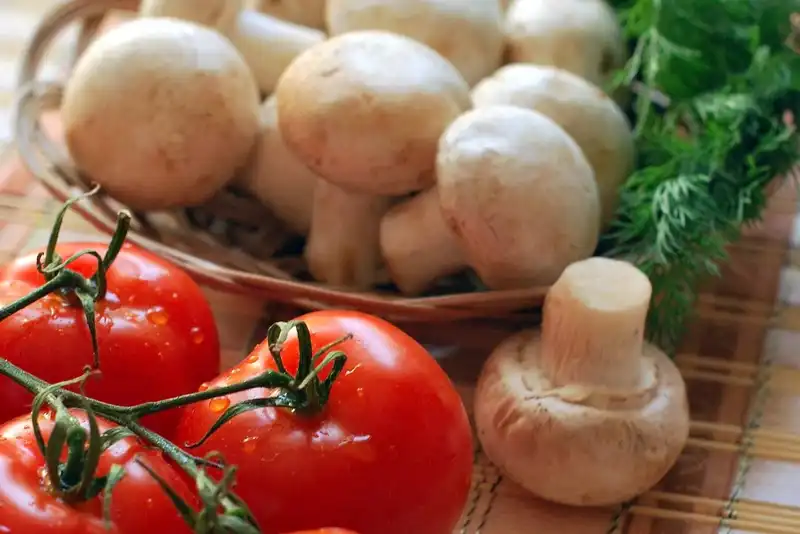
The following are common illnesses caused by pathogens.
- Salmonella - Salmonella can grow on many different products, such as eggs, meat, and poultry. If a person contracts salmonella, they may experience fever-like symptoms, cramps, and vomiting. To eliminate these pathogens on food, individuals must thoroughly cook raw products and prevent cross-contamination in the kitchen. For example, ready-to-eat foods should be kept in separate containers and stored away from raw meats.
- Clostridium Perfringen - Clostridium perfringen is the most common type of food poisoning in the United States, causing about 1 million cases each year. This form of bacteria will grow on meat products that are not cooked to their minimal internal temperature. They will also breed on perishable items that are left at 109F-177F.
- Campylobacter - Campylobacter food poisoning generally comes from eating raw or uncooked poultry. Cross-contamination will also cause these pathogens to spread onto surfaces and other products. Practicing good hygiene and thoroughly cooking poultry to 165F can prevent campylobacter.
- E. Coli - E. Coli can often be found in undercooked beef, fruits, milk, and vegetables. Although some strains of E. Coli are benign, some can result in severe infections, such as kidney failure. To prevent this, restaurants need to establish clean preparation habits and cook meats to its safe internal temperature.
What is The Danger Zone?
The temperature danger zone refers to a temperature range where foodborne bacteria will quickly grow and multiply. Food products, like meat, poultry, seafood, and eggs, are considered to be in the danger zone when their internal temperature is between 40F-140F. Usually, perishables will be in this range when it is undercooked or improperly refrigerated. It can also result when food is left out at room temperature for long periods.
In order to prevent foods from entering the danger zone, restaurants need to ensure their kitchen and appliances are set at safe temperatures. This will keep restaurant guests healthy and ensure that the establishment is complying with state and federal health regulations. This is important because non-compliance to these rules will lead to costly fines, lawsuits, and threats to restaurant reputation.
The Importance of Food Thermometers
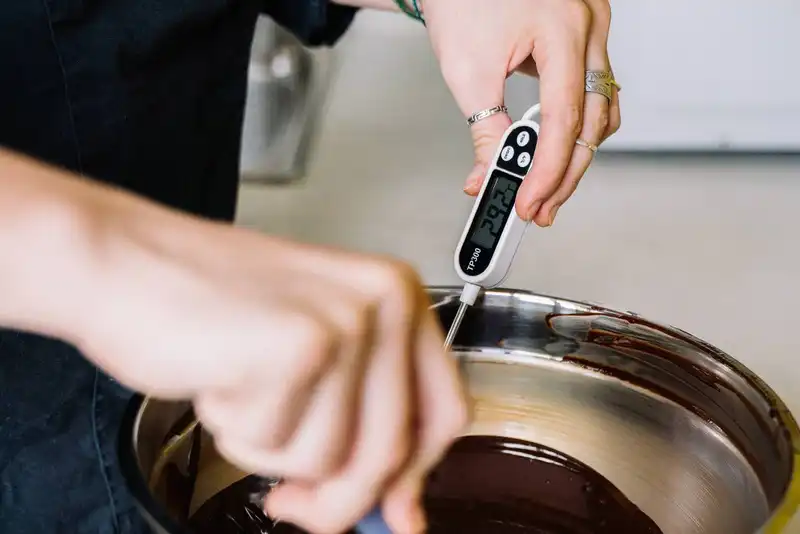
One surefire way to guarantee that food is cooked properly is by using thermometers. The following are key aspects of how thermometers can streamline food safety measures.
1. Reduce Risks of Food Poisoning
According to the U.S. Department of Agriculture (USDA), foodborne illnesses are preventable. Using a food thermometer will enable restaurants to effectively avoid the growth and spread of bacteria. Kitchen cooks should regularly use a thermometer to check the internal temperature of their meats and poultry. Restaurants should outline minimum temperature guidelines, per USDA recommendations, to ensure their staff is following proper cooking techniques.
2. Prevent Overcooking Foods
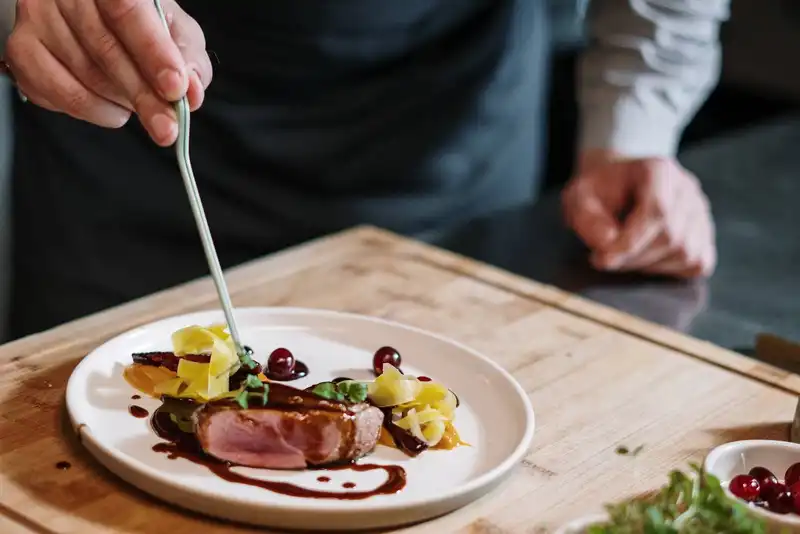
Just as undercooking will be harmful to health, overcooking will decrease food's nutritional value and quality. This is because flavors and vitamins are depleted when food is cooked for too long. Overcooked products also contain carcinogens and will be harder for the human body to metabolize, as well. Therefore, with a thermometer, restaurants can ensure their foods are cooked at the right temperature.
3. Individual Attention for Certain Products
Certain foods have specific cooking temperatures. For example, to make caramel, it must be heated at 234F, whereas to boil water, the temperature must be at 212F. Cooks can use a thermometer to make sure each of their ingredients is cooked based on its specialized requirements. This will guarantee that the final product will have the right taste and texture.
Restaurants that do not use thermometers will not be able to effectively reap these advantages. They also risk their food safety and can increase their chance of spreading foodborne diseases.
How Food Temperature Affects Taste

Not only does regulating food temperatures ensure food safety, but it will also help boost the quality of taste. According to case studies by the University of Leuven in Belgium, when the temperature of food is over 35C, or 95F, the perception of taste reduces. This means when food is very hot, it is harder for people to taste. Another study from 2005 reported that different temperatures could affect the flavor of foods. For example, ham appeared saltier when it was cold, but became more savory when it was warm.
Therefore, to guarantee their food's quality and to target the right taste buds, restaurants need to monitor their minimum internal temperatures carefully.
Proper Food Storage Techniques
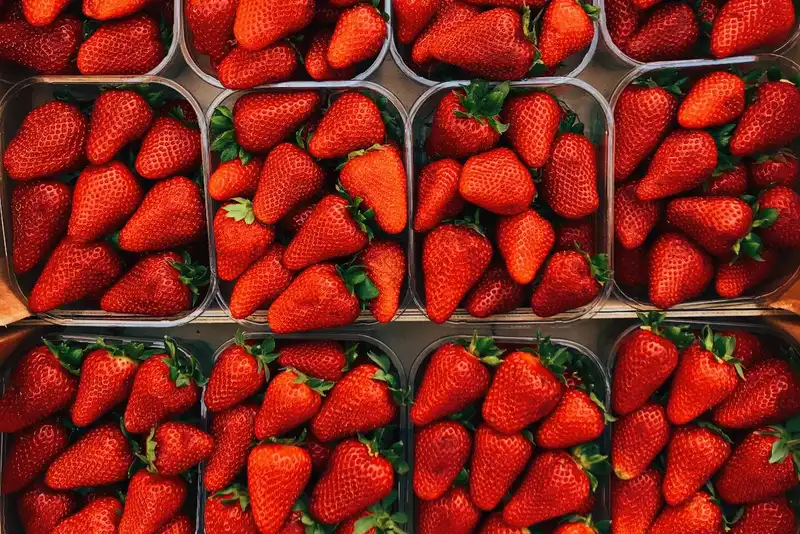
Along with controlling food temperatures, eateries should set up storage guidelines to prevent foodborne illnesses. The following are some best practices on how to effectively store food.
- Refrigerate or Freeze Perishables Promptly - Meat, seafood, and produce should not be left at room temperature for more than 2 hours. These products should be stored in a refrigerator or freezer as soon as possible to prevent them from entering the danger zone.
- Regularly Check Kitchen Appliances - Kitchen staff should regularly check refrigerators and freezers to ensure that they are set at the proper temperature. Generally, the refrigerator should be at or below 40F, while freezers must be at 0F. Owners can purchase an appliance thermometer to make sure the right temperature is maintained at all times.
- Pay Attention to Labels - Some products have special storage directions, which will typically be outlined on their packaging label. Restaurant staff should check these directions and accommodate any specific requirements.
- Label the Food Products - Before placing items into their respective storage space, staff should label the products with their expiration date. This will ensure that the ingredients are used before it spoils.
- Separate Ingredients - Each food item will have its own temperature requirements; therefore, they should be separated to ensure proper storage. Additionally, keeping certain ingredients in their own containers will prevent bacteria from spreading onto other items. For example, raw meat juices are less likely to spill onto fresh produce if it is kept in a bag or airtight vessel.
- Detect Spoiled Food - Some foods may spoil before their expiration date. Restaurant staff should regularly conduct quality checks to make sure their stored foods are not expired. A few ways to detect spoilage is when there is mold or if its smell is suspicious.
Products That Require Special Food Temperature Attention
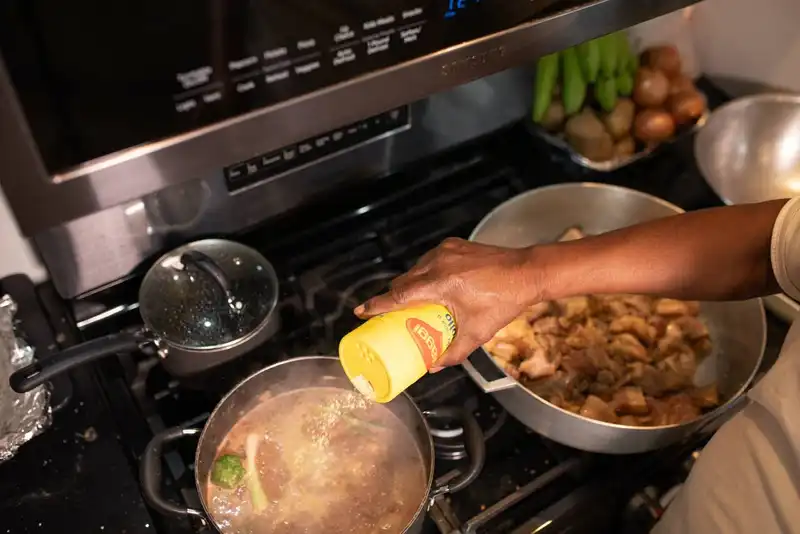
There are various types of foods that require extra attention when cooking, preparing, and storing. If these items are improperly handled, pathogens can easily breed and cause illnesses. The following are potentially hazardous foods that restaurants should provide careful attention to.
- Milk and dairy products, such as yogurt, ice cream, butter, custard, cheese, and cream
- Meat, such as beef, veal, lamb, pork, ham, and goat
- Poultry, such as chicken, quail, and turkey
- Eggs (with the exception of eggs that are treated to remove microorganisms)
- Fish and shellfish
- Baked potatoes
- Soy proteins
- Sprouts
- Heat-treated plant foods, such as rice, tofu, pasta, and vegetables
- Cut produce and vegetables
Best Practices for Food Temperature
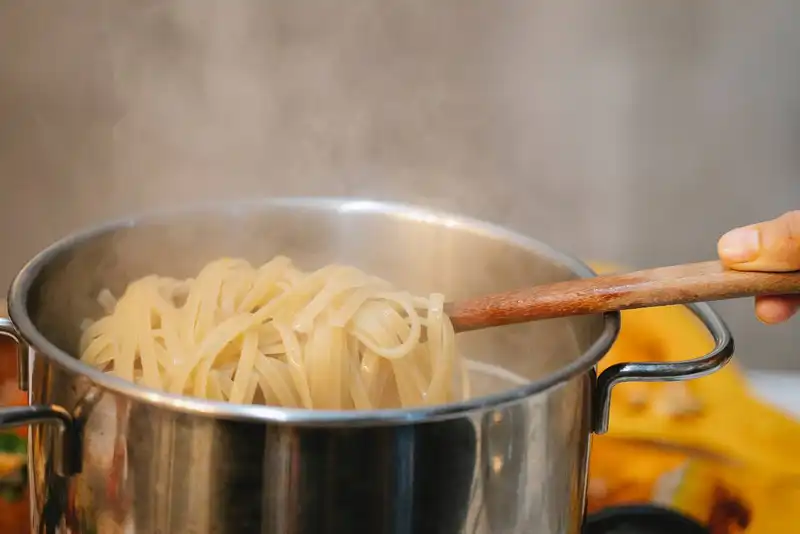
- Have a Monitoring System
- Implement the Right Tools
- Create a Recording System
- Identify 4-Hour Limits
The 4-hour time limit should also be followed for cold foods. This is because the quality of cold products, such as cheese and milk, will deteriorate if it is left at room temperature for a long period.
Conclusion to Food Temperature
- Food temperature refers to the intensity of heat of a perishable product. To maintain food safety, restaurants must monitor their food temperature and ensure that it is kept at the proper levels.
- Correct food temperatures will vary for different foods. For example, raw meats must be cooked at 160F, while poultry must be heated to 165F.
- Incorrect food temperatures can result in foodborne pathogens growing on ingredients. Some of the most common germs that breed on food include salmonella, E. Coli, and campylobacter.
- Restaurant staff should make sure their foods are kept away from the danger zone, which is 40F-140F. This temperature range is when bacteria are prone to contaminate food products.
- To ensure that food is safe and its taste is kept to standards, restaurants must adopt best practices for storage and temperature.
